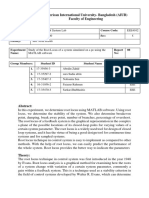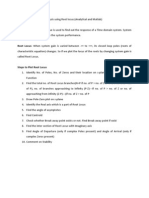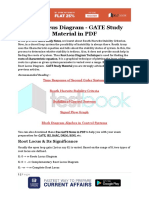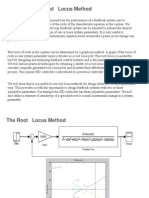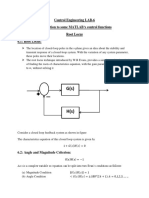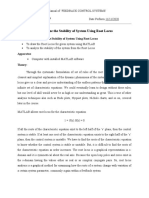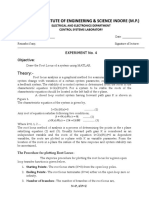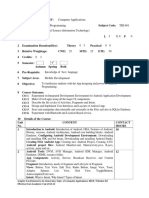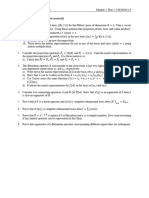0% found this document useful (0 votes)
22 views5 pagesExp-7 Control System
The document outlines Experiment No. 7 for the Department of Electrical & Electronics Engineering, focusing on the stability analysis of linear systems through Root Locus Plot. It includes the aim, theory, procedure, program code for MATLAB, manual calculations, output, and viva questions related to the Root Locus technique. The results confirm that the Root Locus plot was successfully generated and verified for the given transfer function.
Uploaded by
yashika31rajdevCopyright
© © All Rights Reserved
We take content rights seriously. If you suspect this is your content, claim it here.
Available Formats
Download as DOCX, PDF, TXT or read online on Scribd
0% found this document useful (0 votes)
22 views5 pagesExp-7 Control System
The document outlines Experiment No. 7 for the Department of Electrical & Electronics Engineering, focusing on the stability analysis of linear systems through Root Locus Plot. It includes the aim, theory, procedure, program code for MATLAB, manual calculations, output, and viva questions related to the Root Locus technique. The results confirm that the Root Locus plot was successfully generated and verified for the given transfer function.
Uploaded by
yashika31rajdevCopyright
© © All Rights Reserved
We take content rights seriously. If you suspect this is your content, claim it here.
Available Formats
Download as DOCX, PDF, TXT or read online on Scribd
/ 5














